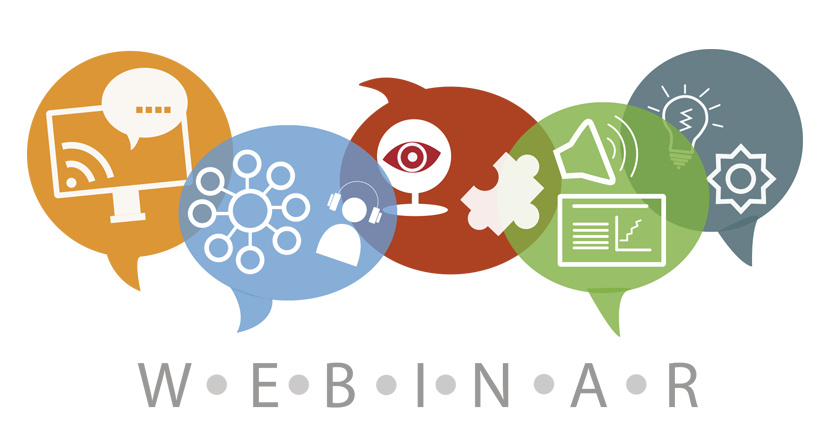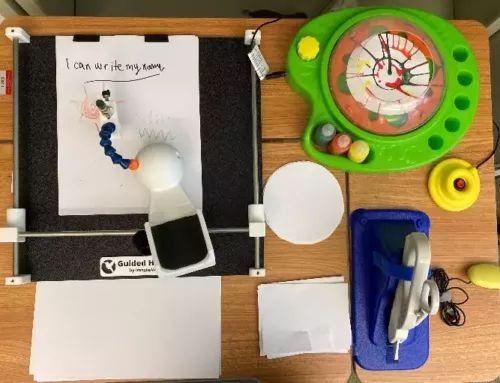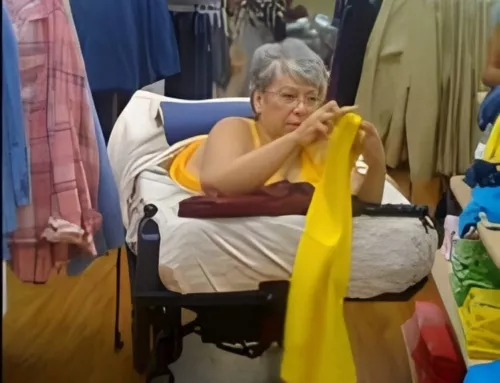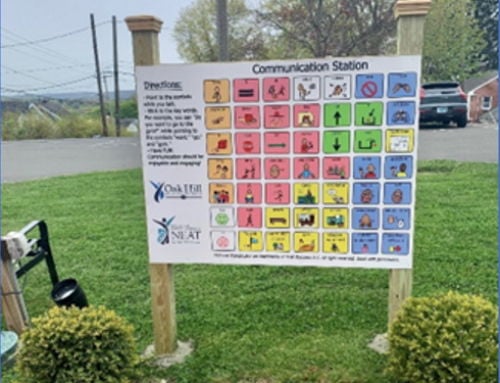Shop Class and Makers with Disabilities

Thanks to John Schimmel, co-founder of DIYability, for allowing us to re-post his article from DIYability.org!

I remember shop class fondly, even if the 8th-grade version of myself was not very skilled at measuring and cutting. Everyone in class made wooden napkin holders and bent sheet metal into toolboxes using rivets. It was fun but it was a single class and we were never invited back to the shop once we finished.
Today, many schools (that have funds) are creating FabLabs, or Fabrication Laboratories or Makerspaces, for students to learn how to make their ideas real while learning how to use a 3D printer, a laser cutter, a CNC or milling machine and make little robots using motors, sensors and microcontrollers (tiny computers). The classes in the FabLabs will teach students concepts and software related to 3D modeling, controlling simple electronics and simple woodworking techniques. The work is amazing considering my napkin holder, these students are learning how to use the bits and mechanisms of our physical and digital world to create their world.
This is exciting for many reasons but to us at DIYAbility we see the potential for everyone regardless of abilities to make their world and these new tools are the first step. Because many of these tools are controlled from a computer a person who uses assistive technology to access a computer can take control and make their ideas real. One maker with physical impairments might use a head mouse to control input with head movements, another user might use voice control software. Another blind maker might use a screen reader to program an Arduino and another maker might use a single switch to scan Adobe Illustrator while preparing the vectors for a laser cutter.
At our workshop, we taught a young man with CP to use our CNC machine to make an iPad holder. His physical movements are limited but he’s a computer savvy teenager that uses the trackpad, he learned how to design and program the CNC to cut out his custom design. We’ve hosted blind makers to discuss OpenSCAD, a text-based 3D modeling tool and printed sample geometric shapes to demonstrate how nonvisual 3D printing works. We taught a group of disabled makers about Arduinos and servo motors and how to control them, their inventions includes page turners and bell ringers.
The future of Maker culture is not limited to those who can use their hands and lift scrap metal off the street, we are working to make sure disabled makers have their say relating to accessibility of tools and software and can learn the possibilities of how this new technology can work for them to make their world.
If you make tools or software for STEM education we’d love to support you in making your products more accessible, email us at info@diyability.org.
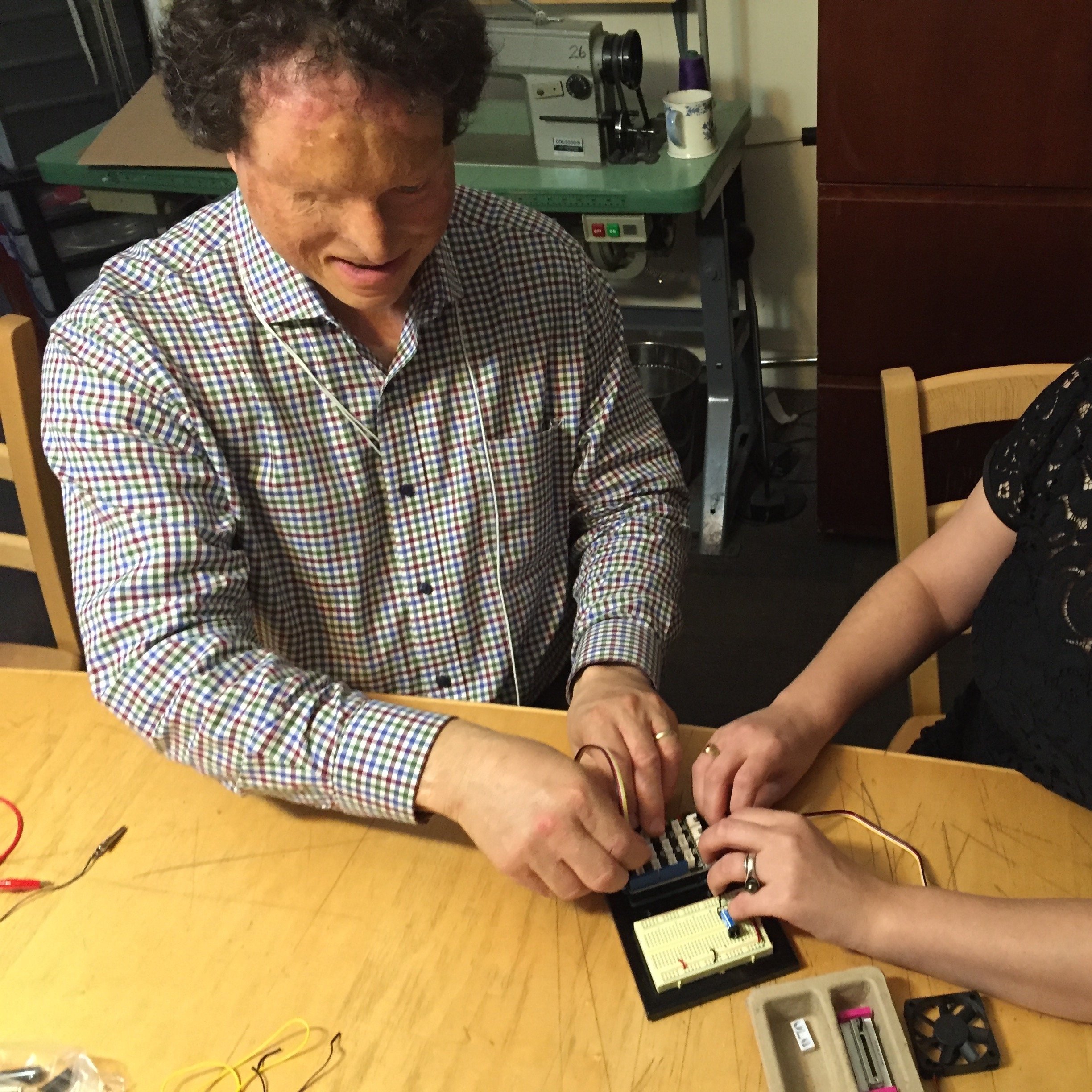
A maker with a visual impairment plugs motors into Arduino with Grove shield
This article was first published at DIYability on 02/16/2016.
Monthly Blog Digest
Search the blog
State AT Program Blogs
California
Florida
Indiana
Kentucky
Louisiana
Maryland
Massachusetts
Michigan
Montana
North Carolina
North Dakota
Utah
State AT Program Blogs
The AT3 Center, the Association of AT Act Programs (ATAP), and the Administration on Community Living (ACL) make no endorsement, representation, or warranty expressed or implied for any product, device, or information set forth in this blog. The AT3 Center, ATAP, and ACL have not examined, reviewed, or tested any product or device hereto referred.

